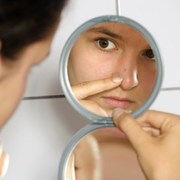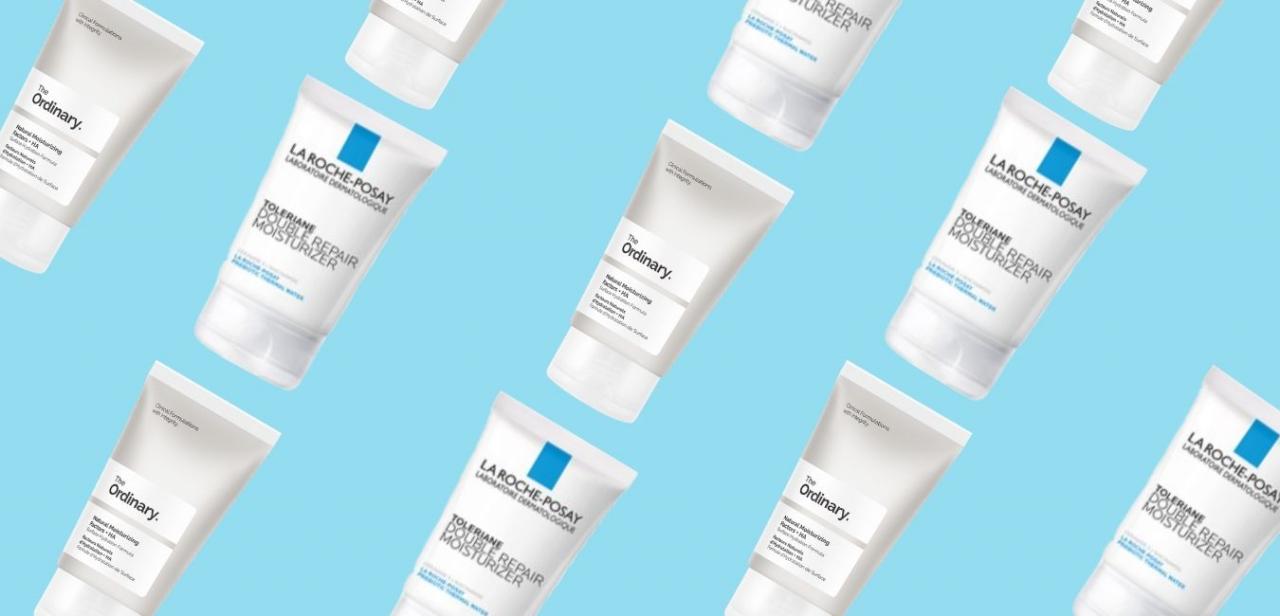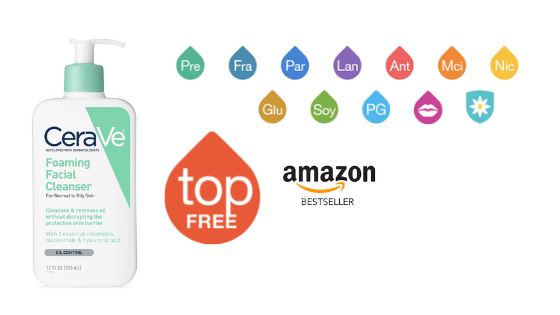 Photo: Getty Images
Photo: Getty Images
Acne treatment requires a balance between the right type of medications, consistent use, a gentle touch and patience. The actual cause of acne is not known but it is thought that numerous factors contribute to its development.
P. acnes is the main bacteria that grows on the skin as a result of blocked oil in the hair follicles or pores. Combined with an overproduction of cells, the effect of hormones as well as other factors leads to outbreaks of acne.
Typically over the counter products are tried first. (see https://www.empowher.com/acne/content/over-counter-topical-medications-acne) However, if not successful in clearing the acne, your dermatologist may decide to add prescription medications. Many people find combinations of therapies to work better than one alone.
Prescription topical acne products:
· Retinoids are formulations of vitamin A that work by encouraging increased cell turnover and act to prevent plugging of the hair follicle. They have names such as Retin-A, Differin, Tazorac and Trentinoin. Skin irritation and excess redness, crusted or blistered skin are possible side effects.
· Antibiotics such as Clindamycin or Erthromycin come as oral medications but also as gels or ointments that act to reduce the growth of bacteria when applied to the skin. Reports of burning are the most common side effect along with redness, dryness or itching.
· Azealic acid comes as a cream that is made up of 20 percent azealic acid and is thought to help the skin cells turnover more often and prevent build up that can clog pores. It also contributes to killing P.acnes and has some anti-inflammatory effects. Side effects are reported by acne.org as being mild with possible itching, burning and stinging.
According to mayoclinic. com, “a 20 percent azelaic acid cream seems to be as effective as many other conventional acne treatments, including 5 percent benzoyl peroxide and oral tetracycline”.
· Benzoyl peroxide can be mixed with topical antibiotics in a prescription formulation as sometimes these combinations work better.
· Dapsone is a newer prescribed 5 percent topical gel under the brand name Aczone. It is usually used twice a day. It mostly acts to treat the inflammatory response connected to acne outbreaks and has some anti-bacterial action. Side effects are reported to be mild such as dryness, a rash or burning.
As with over-the-counter topical treatments, combining medications may cause increased side effects of stinging, burning, redness or peeling. Check with your dermatologist to plan how to minimize these effects.
Michele is an R.N. freelance writer with a special interest in woman’s healthcare and quality of care issues. Other articles by Michele are at www.helium.com/users/487540/show_articles
sources:
Acne. Mayoclinic.com. Web. 12 Dec. 2011.
http://www.mayoclinic.com/health/acne/DS00169/DSECTION=causes
Acne Treatments. News Medical. Web. 12 Dec. 2011.
http://www.news-medical.net/health/Acne-Treatments.aspx
Acne medications. Acne.org. Web. 12 Dec. 2011. http://www.acne.org/medications.php
Edited by Jody Smith





Add a CommentComments
There are no comments yet. Be the first one and get the conversation started!